"Whenever the government of the United States shall break up, it will probably be in consequence of a false direction having been given to public opinion. This is the weak point of our defences, and the part to which the enemies of the system will direct all their attacks. Opinion can be so perverted as to cause the false to seem true; the enemy, a friend, and the friend, an enemy; the best interests of the nation to appear insignificant, and trifles of moment; in a word, the right the wrong, and the wrong, the right. In a country where opinion has sway, to seize upon it, is to seize upon power. As it is a rule of humanity that the upright and well-intentioned are comparatively passive, while the designing, dishonest and selfish are the most untiring in their efforts, the danger of public opinion's getting a false direction is four-fold, since few men think for themselves." - James Fenimore Cooper (The American Democrat 1838)I think it is evident to most by now that the United States is presently undergoing a crisis that could become a full-blown second civil war.
Some might be wondering, is it really so bad that the U.S. could possibly collapse in the not-so-distant future? After all, isn't it acting like the worst of empires? Isn't it wreaking havoc on the world today? Is it not a good thing that it collapse internally and spare the world from further wars?
It is true that the U.S. is presently acting more like a terrible empire than a republic based on liberty and freedom. It may even be the case that the world is spared for a time from further war and tyranny, if the U.S. were to collapse. However, this is unlikely and it most certainly would be only temporary, since the U.S. is not the source of such monstrosities but rather is merely its instrument.
This paper will go not only go through why this is the case and but will also analyze Russia's historical relationship to the U.S. in context to its recognition of this very fact.

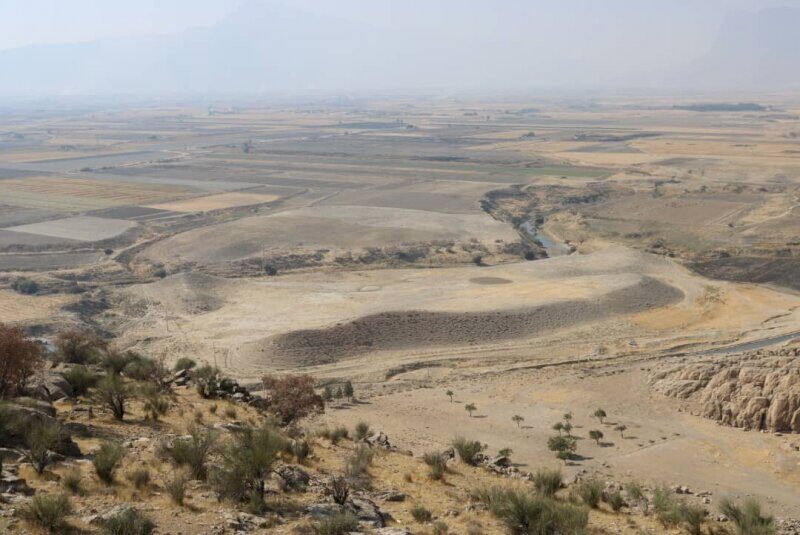
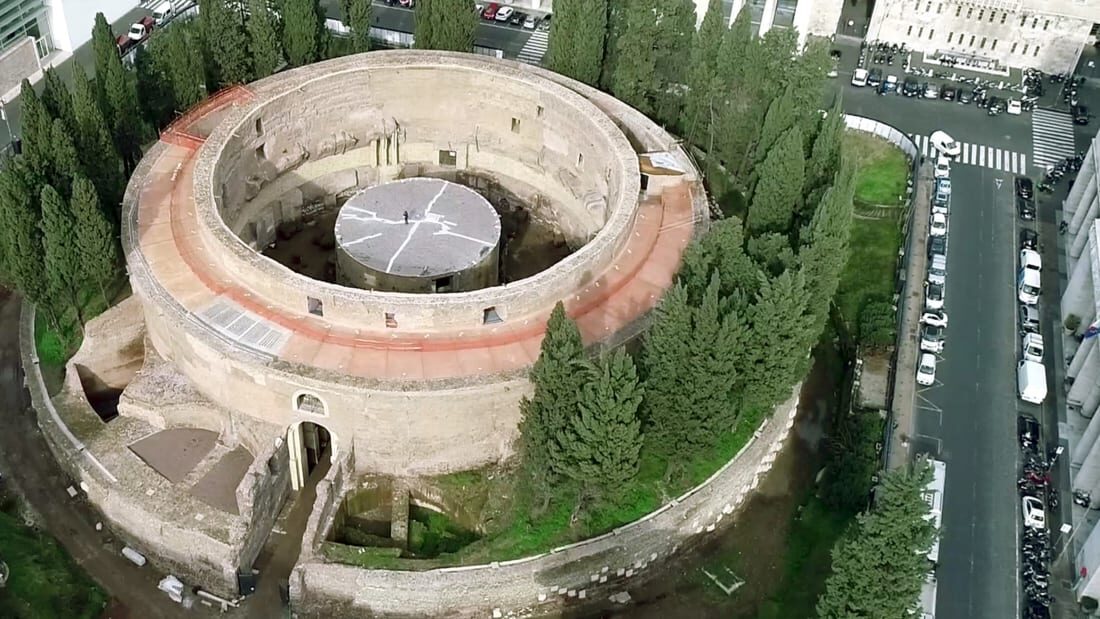
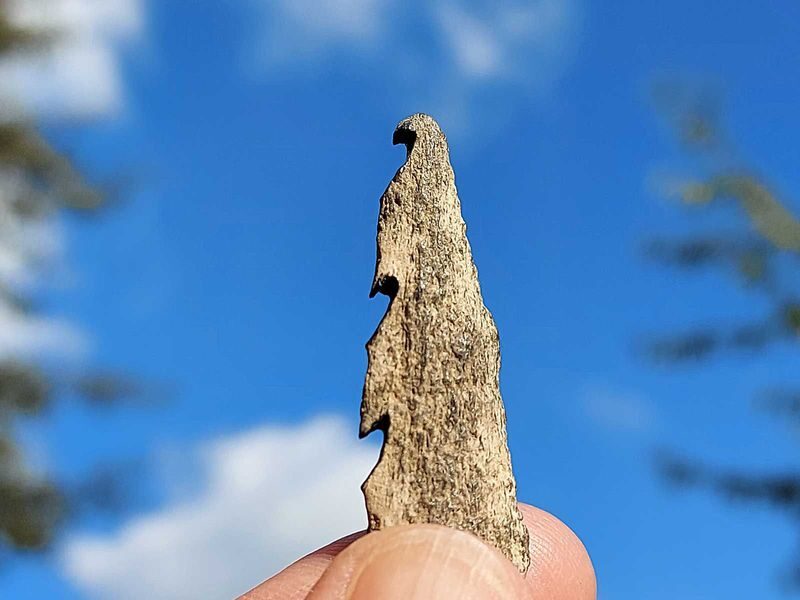
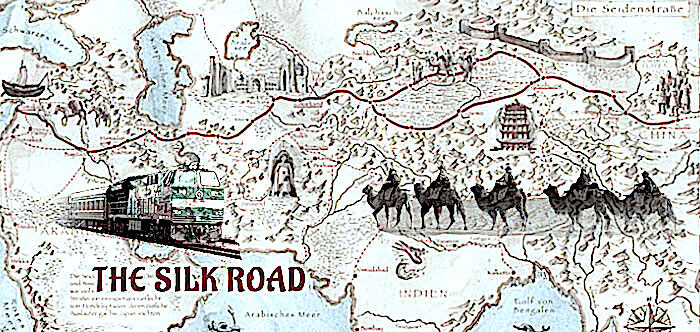
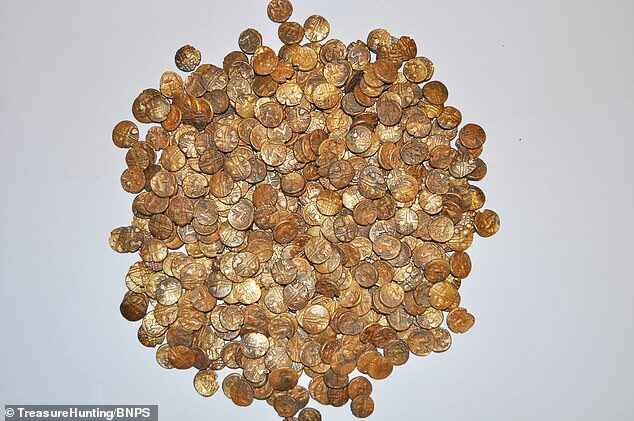
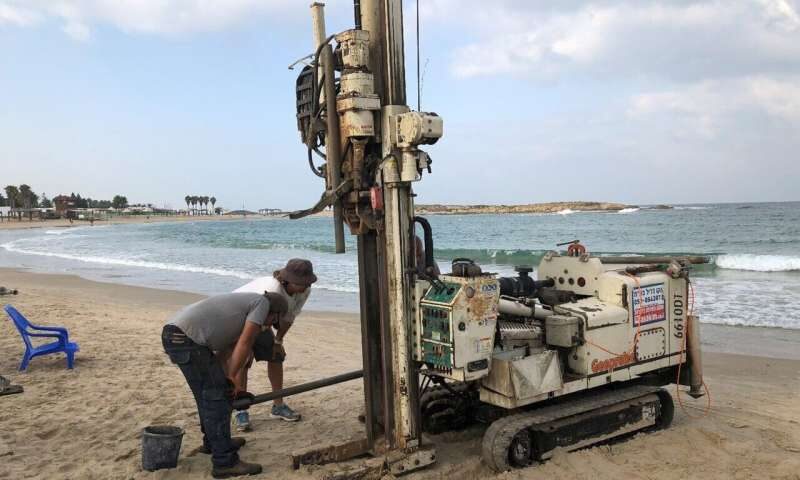
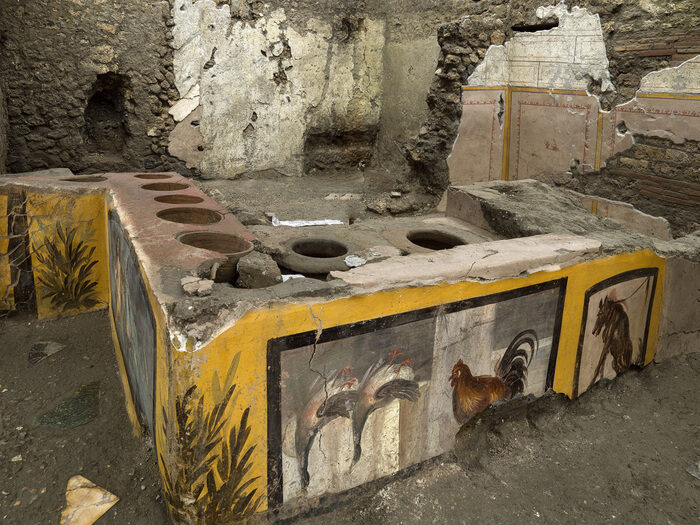
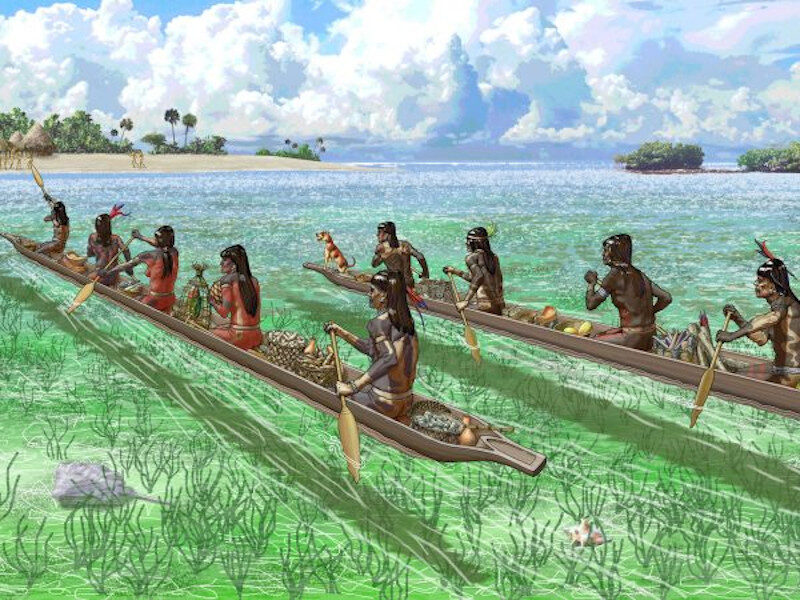




Comment: See also:
- Ultra-rare coin celebrating Julius Caesar's assassination sells for a record $3.5 million
- Legendary ancient Torlonia Marbles to go on display after decades in the dark
- Pompeii was a full-fledged city before it was taken over by the Romans
And check out SOTT radio's: